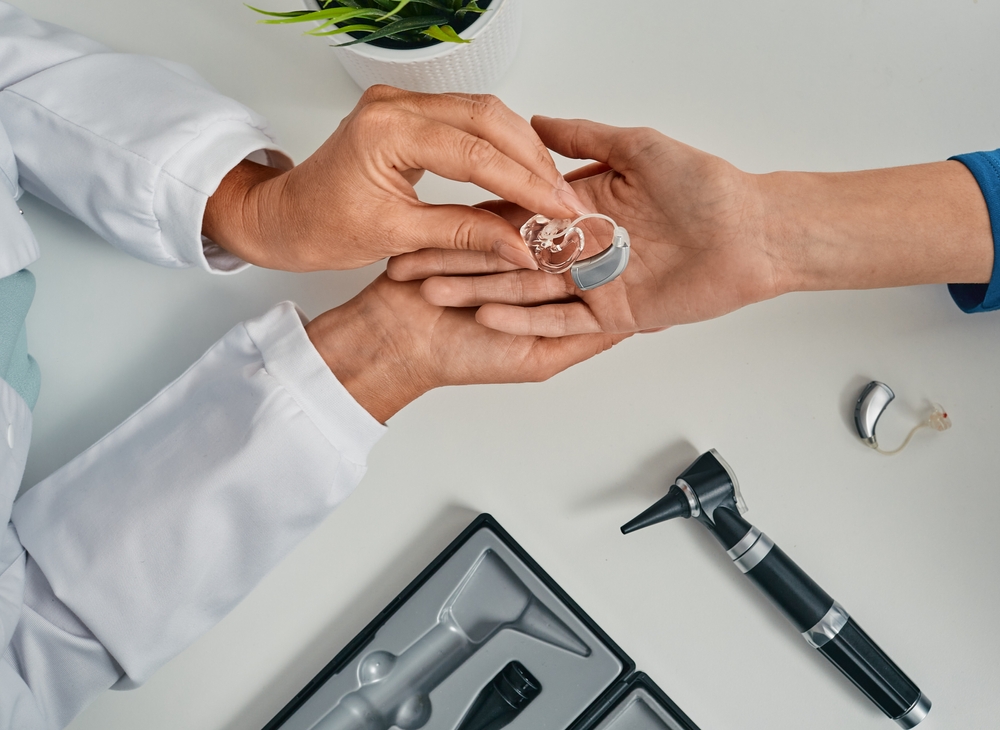
Hearing aids are essential for enhancing daily communication by boosting the clarity of sound. For optimal performance, it’s essential to schedule periodic maintenance and routine professional cleaning sessions. As a result of extended use, an accumulation of earwax, moisture, and other particles can occur, causing functionality to decline. Recognizing when to find professional servicing can help extend the longevity of your hearing aids and maintain optimal performance.
The importance of professional hearing aid cleaning
Despite regular upkeep at home, hearing aids can slowly accumulate debris that could impact how well they work and the quality of sound they produce. Regular upkeep provides a number of advantages:
- Thorough Sanitizing– Thoroughly eradicates obstinate earwax, dust, and moisture that routine cleaning methods often miss.
- Enhanced Performance– Clears obstructions that can cause dampened sound or distortion.
- Improved Longevity – Helps to avoid early degeneration, thereby reducing the need for repairs or replacements.
Regular professional cleanings keep your hearing aids working efficiently, decreasing the chance of unforeseen malfunctions.
Indications that your hearing aids need professional maintenance
If you’re uncertain whether it’s time for an expert cleaning, look for these typical warning signs:
- Unclear or Garbled Audio: If voices and background sounds seem feeble, muffled, or altered, the problem may be caused by blockages, including earwax or debris, impeding the device’s microphone or speaker.
- Continuous Feedback or Squealing: A squealing noise at a high pitch (feedback) could indicate a blockage from earwax or an ill-fitting device. Professional cleaning can help in removing obstructions and fine-tuning the fit accurately.
- Troubleshooting Volume Issues: When volume adjustments fail to produce the anticipated result, it might be necessary to carry out maintenance on internal parts or recalibrate the system’s software settings.
- High humidity can affect the device’s internal components, resulting in random audio interruptions or faulty button control. A professional repair professional can evaluate and address any moisture-related issues.
- Noticeable Wax or Dirt Accumulation: If you see a substantial buildup of wax or debris on your hearing aids, professional cleaning ensures a more complete removal than at-home care.
- Implement specialized tools to carefully remove wax, debris, and moisture from sensitive elements without doing damage.
- Examine and service components to verify all elements are working properly.
- Check software and hardware for any functionality issues impacting sound quality.
- Switch out worn-out filters or tubing that might be impede device performance.
- General maintenance should be conducted every 3 to 6 months.
- More frequent cleanings are advised for individuals predisposed to excessive earwax accumulation or those living in humid environments.
- As soon as problems emerge, addressing minor problems early can avoid costly repairs.
What to expect during a professional hearing aid cleaning
A professional cleaning visit goes past standard maintenance and ensures your devices operate efficiently. During the appointment, specialists will:
How often should you schedule professional upkeep?
The frequency of professional cleanings relies on factors including earwax production, moisture levels, and usage practices. Basic suggestions include:
Take care of your hearing aids for ideal performance
To keep your hearing aids working optimally and delivering crisp, clear audio, it’s crucial to schedule regular exams and maintenance with a hearing care professional.
If you’re noticing muffled audio, feedback, or functionality issues, it may be time to set up a professional cleaning.
Book an appointment for your hearing aid cleaning and maintenance now.
